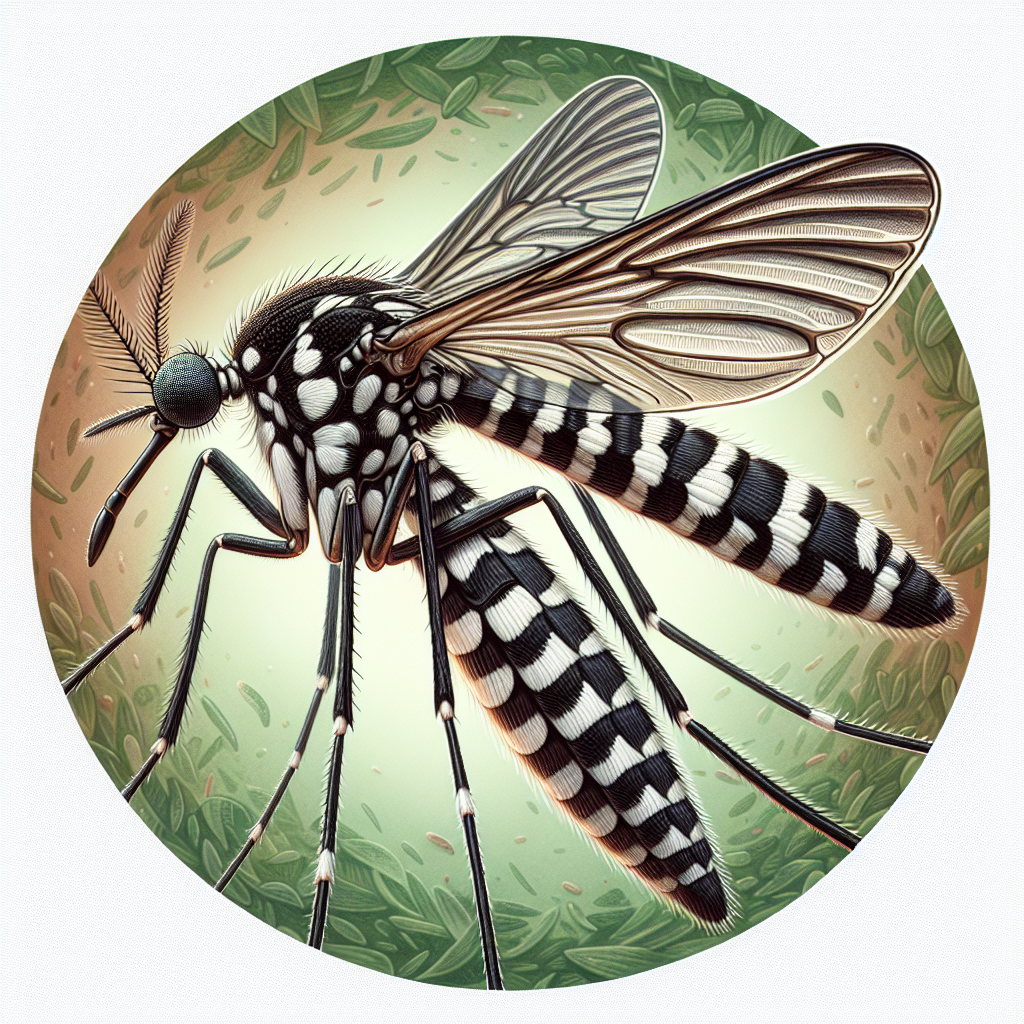Sterilized Mosquitoes and Ancient Mollusks: Unveiling Science Advancements
This content discusses a Spanish lab's approach to sterilizing mosquitoes to combat dengue fever and other diseases as climate change promotes their spread. It also highlights a recent fossil discovery in China that sheds light on the evolutionary history of mollusks, revealing a primordial spiny slug from the Cambrian Period.

A Spanish laboratory is taking innovative steps to combat dengue fever and other diseases by breeding and sterilizing thousands of tiger mosquitoes. This initiative is driven by the increasing spread of invasive species due to climate change. Utilizing an electron accelerator, the Biological Pest Control Centre in Valencia sterilizes around 45,000 male mosquitoes each week to reduce the overall mosquito population.
In another significant development, fossils unearthed in southern China have provided new insights into the evolutionary history of mollusks. The discovery of a spiny slug from the Cambrian Period, which lived approximately 514 million years ago, offers crucial information about the early lineage of the roughly 76,000 species of present-day mollusks, including clams, oysters, and octopuses.
These scientific advancements highlight a blend of modern technology and paleontological research addressing both current health crises and historical biological puzzles.
(With inputs from agencies.)










